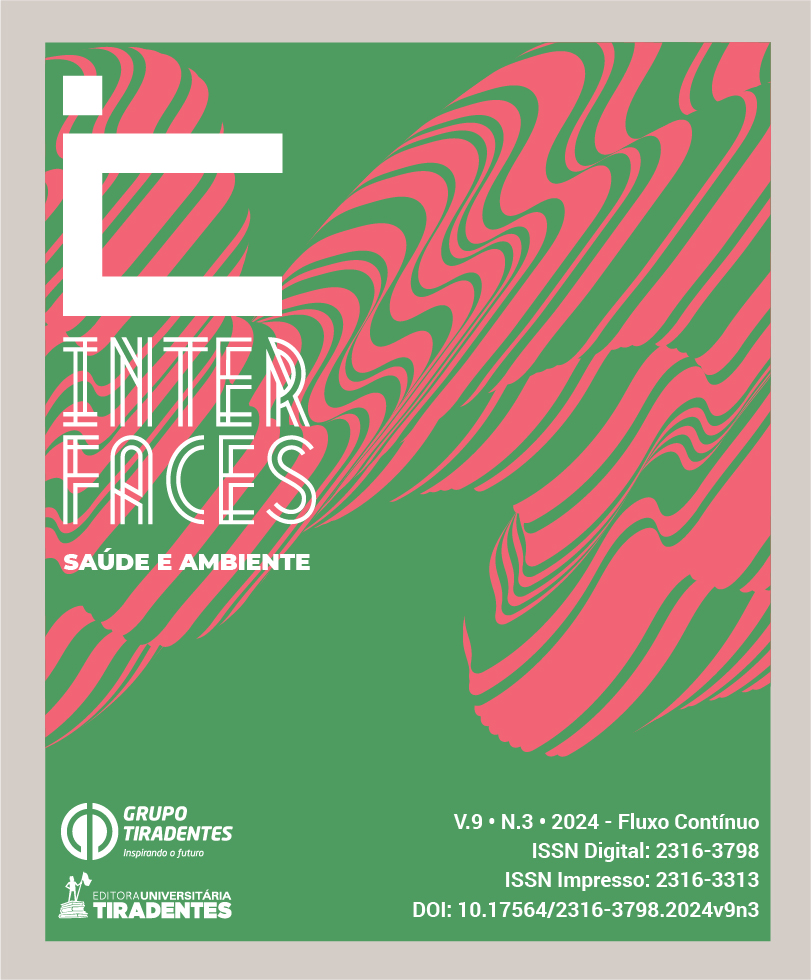ANOTHER DIMENSION OF THE PANDEMIC: DOMESTIC ANIMALS INFECTED BY SARS-COV-2
DOI :
https://doi.org/10.17564/2316-3798.2024v9n3p650-665Publié-e
Téléchargements
Téléchargements
Numéro
Rubrique
Licence
(c) Tous droits réservés Interfaces Científicas - Saúde e Ambiente 2024

Cette œuvre est sous licence Creative Commons Attribution - Pas d'Utilisation Commerciale 4.0 International.
Autores que publicam nesta revista concordam com os seguintes termos:
a. Autores mantêm os direitos autorais e concedem à revista o direito de primeira publicação, com o trabalho simultaneamente licenciado sob a Licença Creative Commons Attribution que permite o compartilhamento do trabalho com reconhecimento da autoria e publicação inicial nesta revista.
b. Autores têm permissão e são estimulados a distribuir seu trabalho on-line (ex.: em repositórios institucionais ou na sua página pessoal), já que isso pode gerar aumento o impacto e a citação do trabalho publicado (Veja O Efeito do Acesso Livre).
Résumé
The Coronavirus Pandemic had multiple implications in different aspects of society. Here we summarize another dimension of consequences, by investigating case reports of Sars-CoV-2 in domestic animals. For this, we performed a systematic literature review and scientometrics analysis. We obtained 428 reports, involving cats, dogs, ferrets, hamsters, and minks, from 34 countries. Cats were the most affected animals. United States presented the highest number of reports. Considering evidence of reverse transmission and the potential risk of virus mutation involving animals, it is important to understand the role of susceptible pets and farm animals in the transmission dynamics.




















